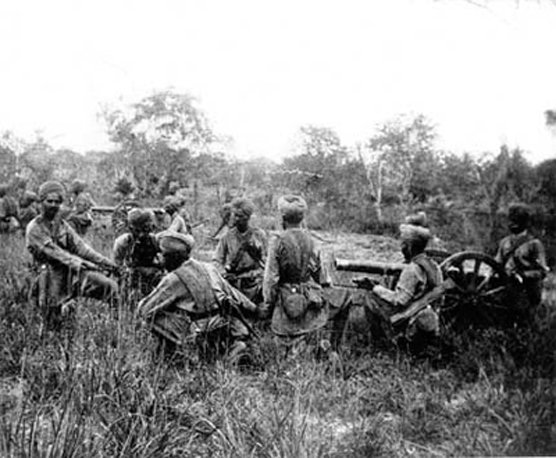When Pakistan invaded Kashmir


The Narendra Modi administration has made significant efforts in destabilizing the Kashmir narrative Pakistan has been advancing since 1947. In light of this, October 22 is marked as a Black Day to commemorate Pakistan’s invasion of the Kashmir Valley on this day 73 years ago while October 27 is observed as a Black Day by the separatists to mark the arrival of Indian forces in the Valley.
Hari Singh was in charge of Jammu and Kashmir, a princely state that was part of India when it attained independence and was divided to form Pakistan in August 1947. A group of Muslim leaders in Jammu and Kashmir launched a no-tax movement as a result of the communally motivated partition of India. The racially motivated partition of India had an impact on Jammu and Kashmir, with some Muslim leaders initiating a no-tax movement and turning to violent uprisings, particularly in the Poonch district.
Hari Singh has made the decision not to join either Pakistan or India. The Indian Independence Act of 1947, which was approved by the British parliament to provide independence to India and establish Pakistan, gave princely rulers the right to join either nation.
Hari Singh desired a standstill agreement with both nations and had his own vision for the future. Pakistan ratified the pact but then utilized it to seize control of transportation, telegraph services, and communication networks.
Violence due to the partition was widespread, especially in border regions. Mid-October saw the beginning of guerrilla raids on neighboring villages by small gangs of armed mercenaries, today seen as Pakistan’s attempt to see if Indian forces were racing to save the King. They were robbing innocent people.
In dispatches to the Pakistani government, King Hari Singh pleaded with them to prevent marauding bands from entering his princely territory. But his efforts to reach out were rejected. Now that everything was in place, Pakistan could begin a full-scale attack.
At this time, Mohammad Ali Jinnah, the founder of Pakistan, was also attempting to persuade Hari Singh to join Pakistan. But Hari Singh remained still.
Now Pakistan carried out its military mission while disguising it as raids by invading tribes. The actual name of the operation was Operation Gulmarg, and it was placed under the command of Pakistan Army officers. On October 22, hundreds of regular Pakistani Army soldiers and tribal mercenaries stormed the Kashmir Valley, taking control of the King’s forces’ outposts in Muzaffarabad and other locations as they advanced toward Srinagar, their final objective.
There wasn’t a sizable army under Hari Singh. Additionally, he discovered that his Muslim soldiers, who were just as numerous as the Hindu Dogra army, were cooperating with the Pakistani invaders to attack the King’s forces and confront civilian resistance.
The soldiers raped women, killed civilians, and attacked hospitals. The inhabitants resisted the invaders, and this was depicted in a movie about Shahid Maqbool Sherwani, one of the leaders of the Kashmiri resistance. Sheikh Abdullah, the National Conference’s most popular leader at the time, was advocating for democracy in Jammu and Kashmir but opposed a merger with Pakistan.
After learning that Sherwani had deceived them by leading them down a different path when they asked him for directions to the Srinagar airport, the invaders killed him. An essential component of the Pakistani Army’s Operation Gulmarg was the capture of the airport.
Hari Singh conveyed a message to the Indian government in Delhi amid this destruction. On October 27, he put his signature on the Instrument of Accession, and Indian forces began arriving in Jammu and Kashmir.
The Indian soldiers started a defense. By November 8, the Indian military had taken control of Srinagar, the princely state’s capital. Up until mid-November, when the scope of the war was lowered, the pushback persisted. Up until the end of 1948, the war lasted longer but was less intense. In January 1949, the cease-fire agreement was formally signed.
DISCLAIMER: The author is solely responsible for the views expressed in this article. The author carries the responsibility for citing and/or licensing of images utilized within the text.
